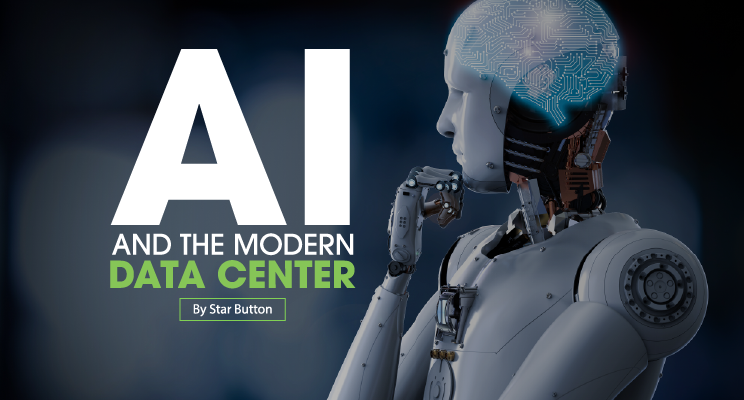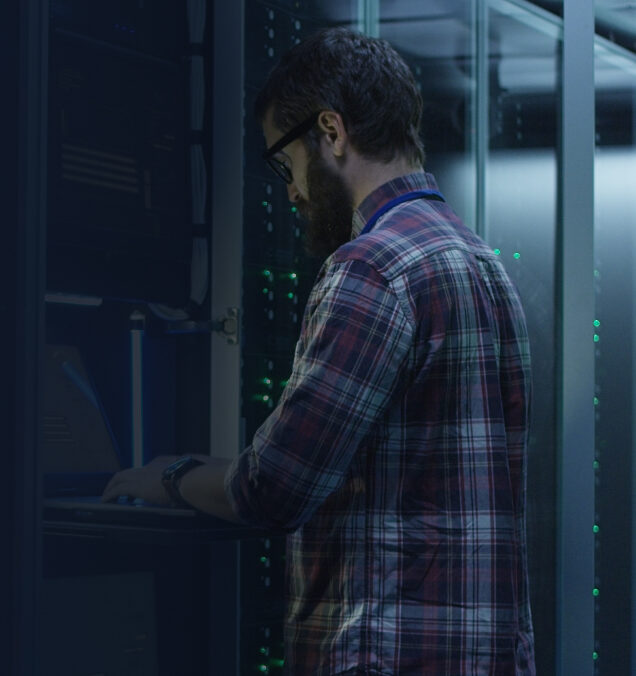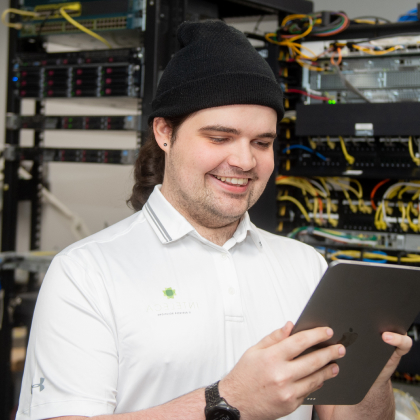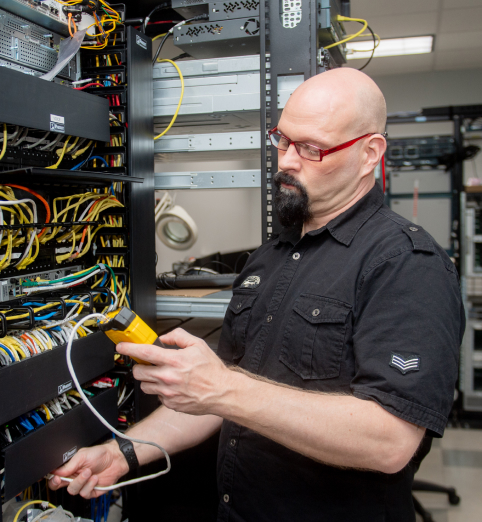AI and the Data Center: A Look at the Early Impact
When it comes to tech talk, there don’t seem to be many conversations these days that don’t revolve around the use of Artificial Intelligence (AI) or its impact. From the broad world of digital transformation to the more focused threads IoTand human interaction—whatever the case, AI is at the core of the new modern world.
But aside from all of the cool forward-facing things that AI can do, the focus must also be channeled inwards towards the data center itself. After all, though the end-user stiffis cool, none of it happens without the data center itself being involved. So with that said, the question becomes how is the data center going to be impacted by AI?
For one, AI is already helping data centers become far more energy efficient—something that all businesses should be concentrating on as both a money saver and a planet saver. A perfect example of this is Google and how they are using AI to manage their data centers—an AI system that controls more than 120 variables, including everything from cooling systems, fans, and more that has reportedly saved them more than 40% in energy costs. To put that into context, Google used more than 4,000,000 MWh of power in 2014—meaning that 40% amounts to a lot of green (pardon the double entendre).
However, that is just the beginning. With server optimization being something that also translates to money well earned, the influx of AI to manage server inefficiency is becoming mainstream. AI-based predictive analytics and the ability to act on those analytics are making it easier for companies to manage load balancing far more efficiently.
And of course, no one can talk AI and the data center without bringing up the hot and ever-present topic of cyber security. With looming threats on a literal second-to-second basis, it’s impossible for human beings to remain at the helm 24/7—the ever-evolving stream of information being impossible to keep up with. This is where AI comes in. To manage the speed at which environments and threats evolve, AI again uses predictive approaches and analysis to monitor potential threats in real time—looking for changes in normal network behaviorto mitigate the risk of threats.
But what about the actual human element itself associated with data center maintenance? This is again where AI will begin to shine. As mentioned in the beginning, it’s hard to have any conversation these days around any of these topics without the Internet-of-things being at the center of it all. But IoT’s possibilities are not just focused on the end-user side of business. In the case of data centers, technology is being developed using IoT devices that will help monitor the actual physicality of the datacenter itself—alerting staff to everything from bad cables and loose connections, right down to issues with heating and cooling systems, and building infrastructure. The result? Down time is about to become greatly reduced—at least due to faulty hardware and building systems. Imagine knowing when a cable is failing before it fails, or a cooling system that needs maintenance before it shuts down completely.
In all, it’s a bright future ahead for IT. From the implications of new and exciting end-user experiences that make everything in our collective daily lives highly personalized and unique, to the infrastructure that supports those experiences—whatever the case, AI will be at the forefront of the modern IT world. The only question becomes, how and where does anyone begin to implement these types of solutions? Simply put . . . find a partner that lives and breathes data center technology—from architecture and design all the way through to building and beyond.
It’s never difficult to be on top of this type of technology—as long as the professionals are by your side every step of the way.



